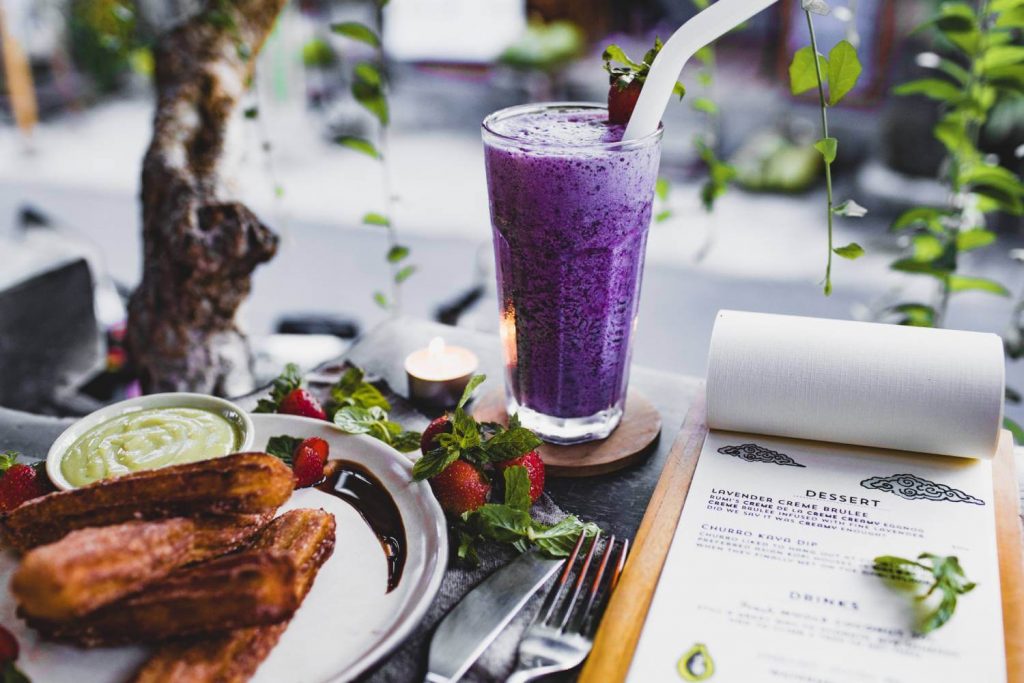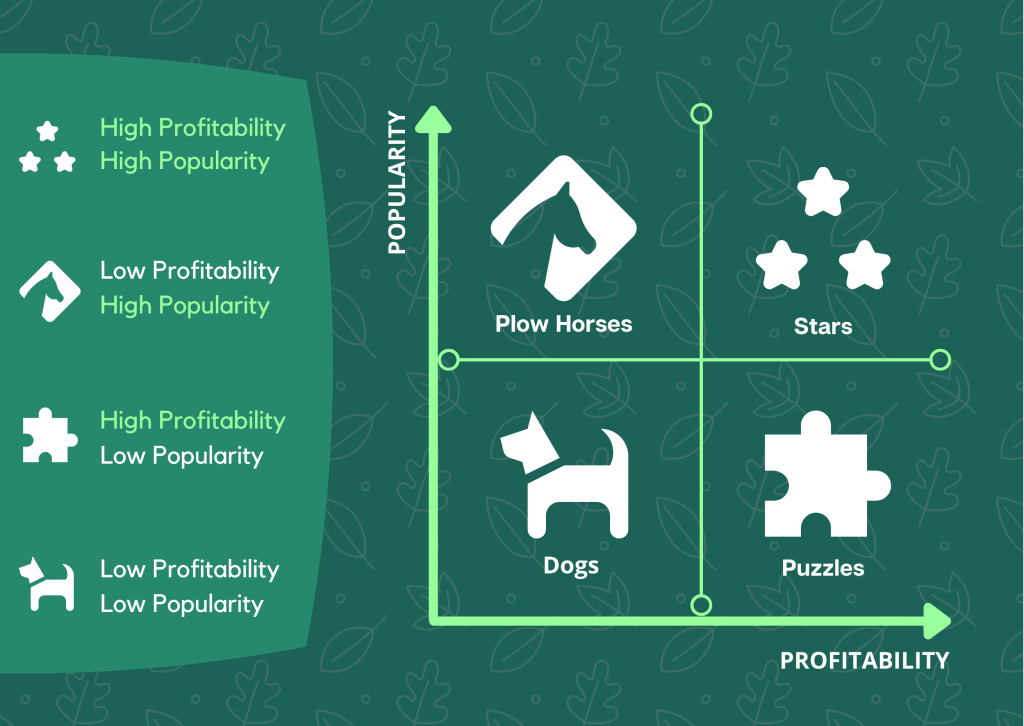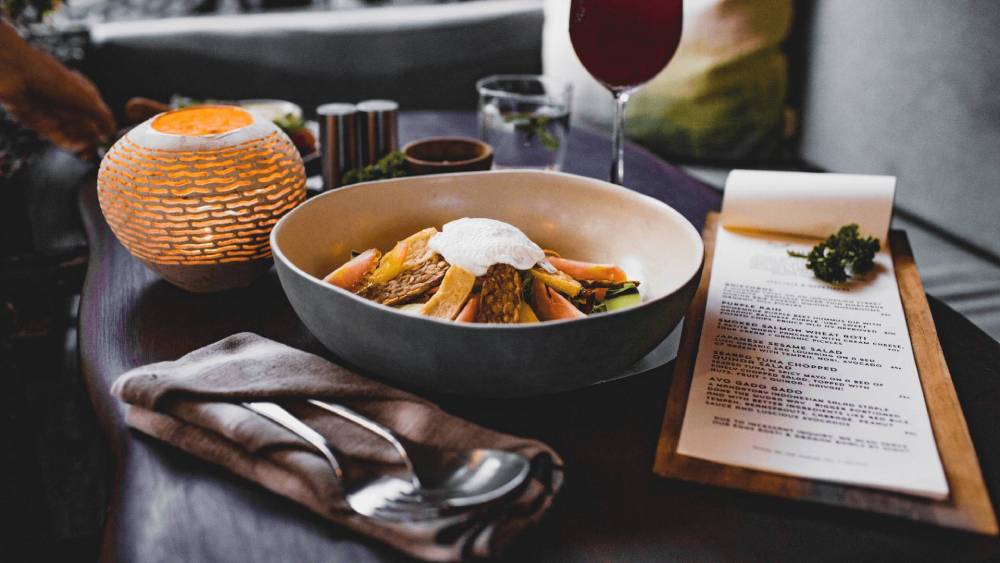8 Fantastic Menu Engineering Tips to Spice Up Your Restaurant
It’s called restaurant menu engineering for a reason. It means there is far more to a restaurant menu than its immediate visual impact – things like layout, color scheme, and illustration.
Fashioning your restaurant’s menu should feel like engineering a seamless system. When done the right way, it will simplify purchases, enhance the way clients perceive your business, and provide a much-needed boost to your bottom line.

The Many Benefits of Engineering your Restaurant Menu
Not only will menu engineering impact customer experience and decision-making, but it will also smoothen up what goes on behind your restaurant’s kitchen doors. Anyhow, it’s a win-win for all. To sum things up, a smartly engineered menu should:
- Clarify your Business Concept
- Enhance Customer Experience
- Boost Brand Image
- Drive Customer Decision (by Simplifying Orders)
- Increase Profits (by Stimulating Appetite)
- Improve your Efficiency
- Lower the Restaurant’s Food Costs
- Reduce Food Waste (check another very useful blog on this topic!)
We can achieve these effects by combining basic design strategies with a few core insights into customer psychology. And we’ve gathered up the most relevant ones! The following eight tips will provide you with a solid base for building your menu engineering strategy.
8 Menu Engineering Tips to Try in your Restaurant
1. Settle for a Core Concept & Promote it in the Menu
The menu embodies the essence of what you aim to deliver as a hospitality business.
So, first, think back to your restaurant’s base concept, then ask yourself this: what value do I want to bring to my clients? It could go like this: “a delicious and authentic local experience,” “fast and accessible meals,” “vegan goods from locally sourced produce,” and so forth.
Once you’ve found an answer, look for a way to market it into your menu. Whether physical or digital, ensure that it effectively reflects and conveys your business goals. For instance, if your idea revolves around straightforward meals and speed of delivery, then you might want to follow a simple one-page layout using the golden triangle (discussed in point 6).
2. Layout Tips for Maintaining Smart Categorization
Have you ever heard of Stars, Dogs, Plow Horses, and Puzzles? They’re categories in a relatively simple system that restaurant owners use to measure the dishes they sell against two core criteria: popularity and profitability.
These categories can drive your menu engineering plan in several ways. First, you need to analyze the profit from each dish and create a matrix following the graph below.
- Help your Stars shine (items that are both popular and profitable) by making them highly visible to your customers using design or layout hints. Again, consistency is the key here, so cling to the momentum and keep promoting them the way they are.
- The opposite is true for Dogs (poor-performing and costly items). You’ll have to either do away with these or reinvent them using some insights you could gather from your Star dishes.
- Moving on, Plow Horses are popular items, but they don’t bring in so much profit. Perhaps the ingredients are way too costly. To ensure they make a better contribution to your bottom line, try tweaking existing recipes or look for more affordable suppliers.
- Finally, Puzzles. Despite them bringing significant profit margins, they’re not exactly a hit with your customers. Time to figure out why. Whether it’s the price, lack of promotion, or a weak spot on your menu at fault, look for new ways to bring these items forward.
3. Less is More: Limit Choices on your Restaurant Menu
Make your restaurant menu shorter, scannable, and slidable. Running through its pages should feel more like leisurely sipping a glass of wine than doing the gallon challenge. But don’t get us wrong: minimal doesn’t mean boring!
For some consistent and creative examples, check out these 50 menu designs suggested by Creative Market. Notice how most of them are short and to the point? That’s because one page containing a few reliable options (and no space for Dogs) will achieve much more than a lengthy and tiresome catalog.
4. Color-Code, not Color-Bomb!
Have you ever wondered why so many fast-food chains use the yellow-red combo?
There’s no menu design without skillful color placement. Keep the scheme pleasant and consistent with your brand. For instance, you can use red, an instant attention-grabber, to signal Stars on your menu. Yellow and orange hues are thought to trigger appetite. Green makes people think of fresh and healthy foods – check out our produce delivery website, and you’ll get what we’re talking about!
5. Less Pictures to Avoid Straining the Eye
And since we’re still talking about design in menu engineering, keep in mind that fewer (or even no) images on your restaurant menu will always achieve a better visual impact.
If you choose to add some imagery, a good idea would be to use vivid, vibrant, and appetizing pictures depicting your best dishes. That’s because evocative images tend to trigger an immediate response in the brain. Digital menu boards use this strategy all the time, making you say, “I’ll have whatever’s in this picture; it looks great!”. Just don’t overdo it.
6. Emulate the Golden Triangle
Here’s another composition must-try: the Golden Triangle. It’s a fun and easy menu engineering trick leveraging a tendency in human-eye movement. When your customers first look at a page, their gaze tends to travel like this: center – top right corner – top left corner. So, if possible, place these Star dishes in the center and keep other valuable items for the top corners of your menu using a simple three-column layout.
7. Language can Also be Delicious!
Use short, highly descriptive language, and be selective with it. It doesn’t hurt to be a tad playful when naming your dishes as long as the ingredients are made clear.
Keep this aspect consistent with your brand image (the core concept we’ve mentioned earlier). Whether you’re elegant, straightforward, or slightly humorous, use short, enticing, and delicious descriptions to trigger an immediate response in your customers.
8. Use Pleasant Pricing Practices
Be discreet about your pricing. Ideally, add prices right after each meal description using a similar font and size without the rather unsightly dotted trails. The latter tend to make customers focus on the amount of money they’re about to pay. Oh, and completely omit the dollar (or any currency) sign, which also makes them more conscious of the fact that they’re spending.
Finally, avoid using cheap and deceitful-looking tactics, such as ending prices in .89s and 0.99s.
Final Thoughts on Restaurant Menu Engineering
Apply some of these engineering tips, and you’ll surely see that your restaurant menu functions less like a plain presentation page and more like a seamless selling system.
At the end of the day, you see your profit margin rise while your customers benefit from an improved dine-out experience.

